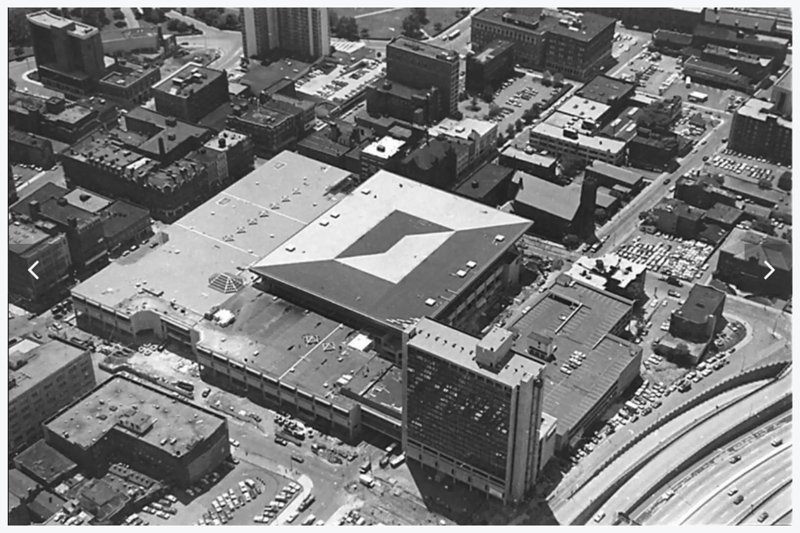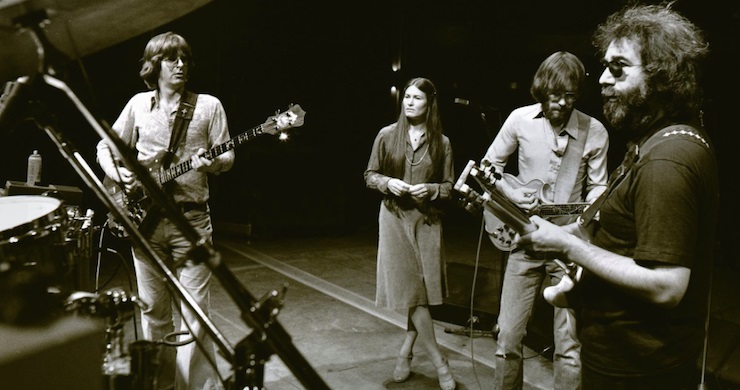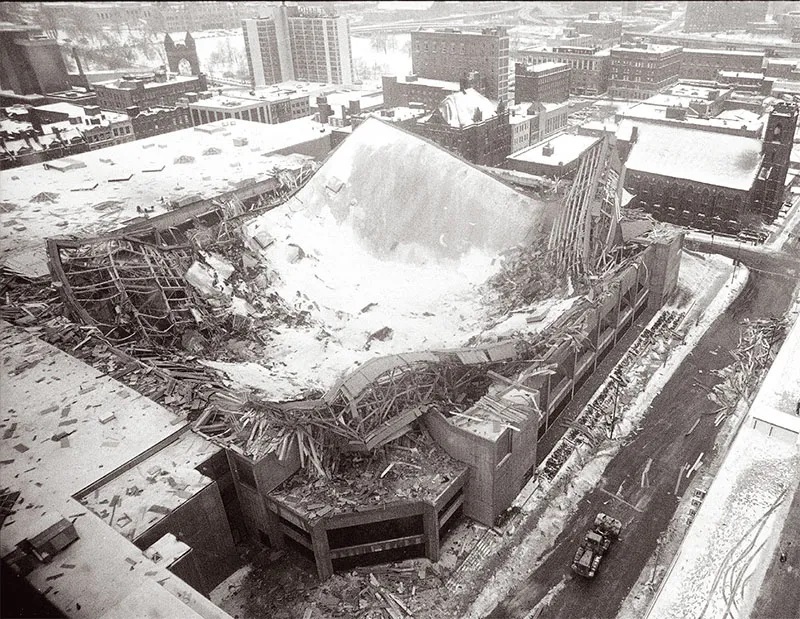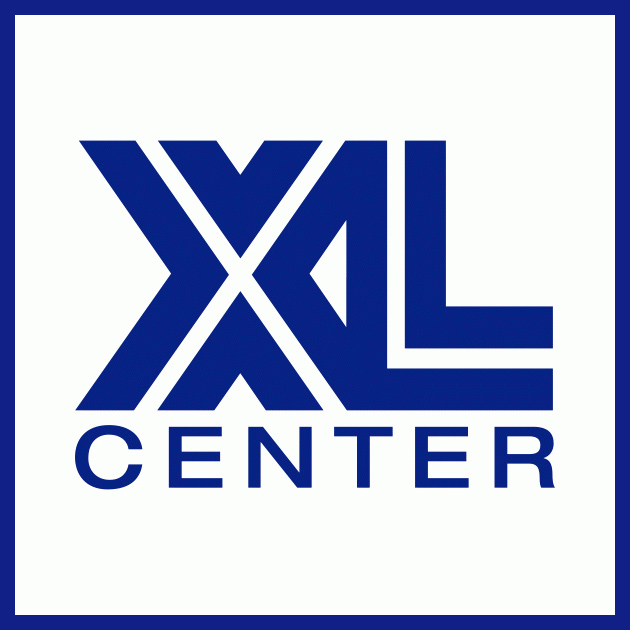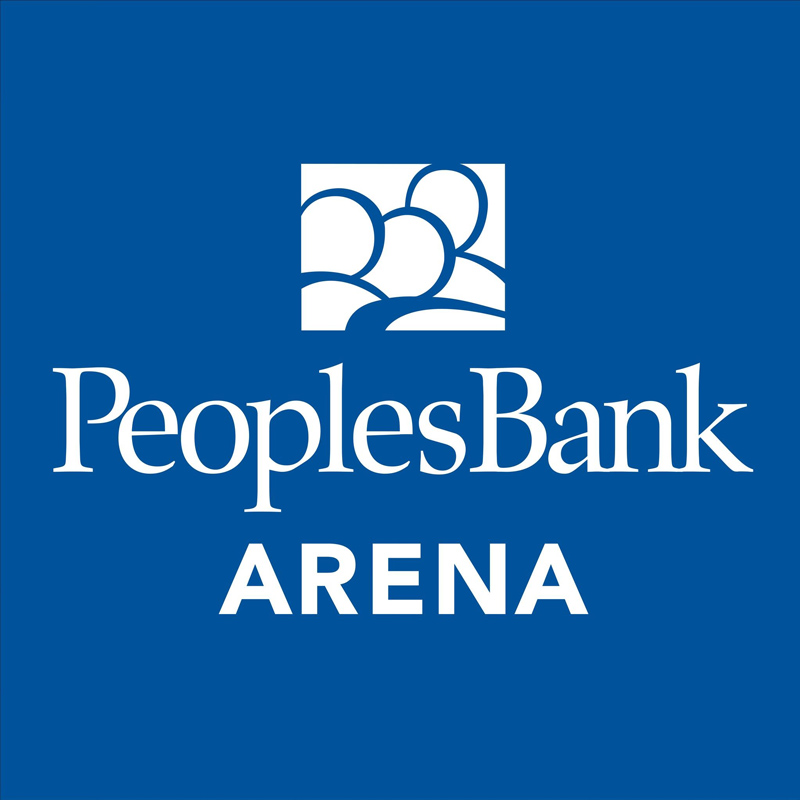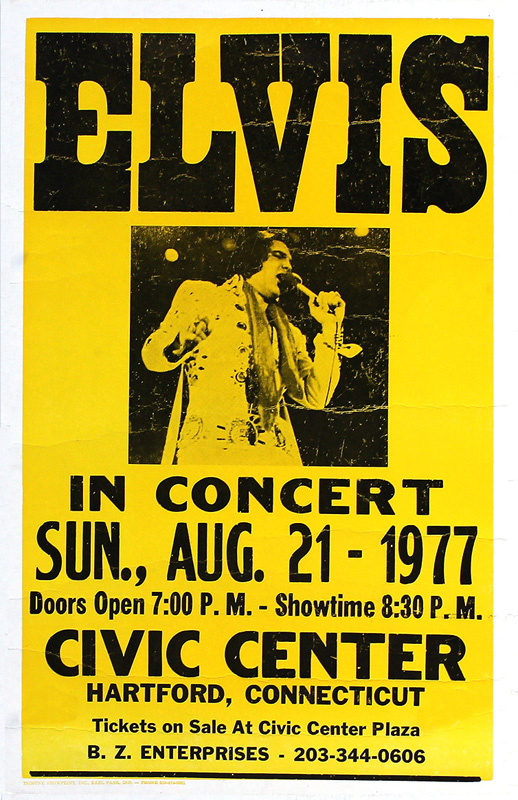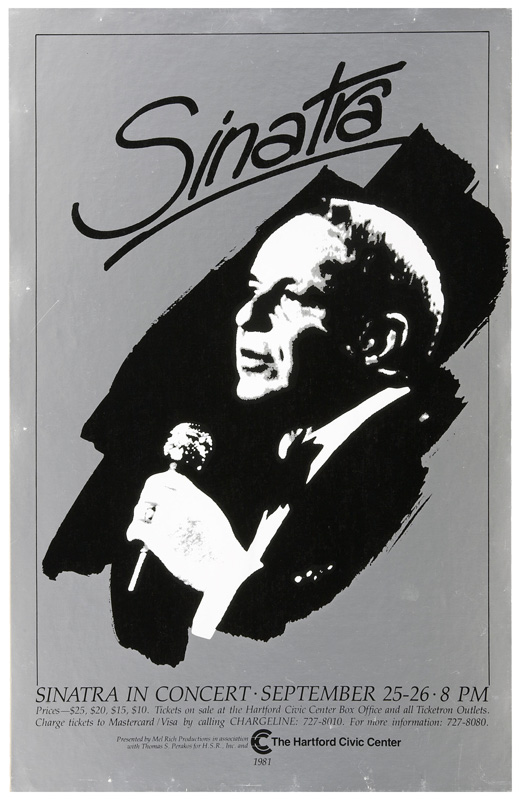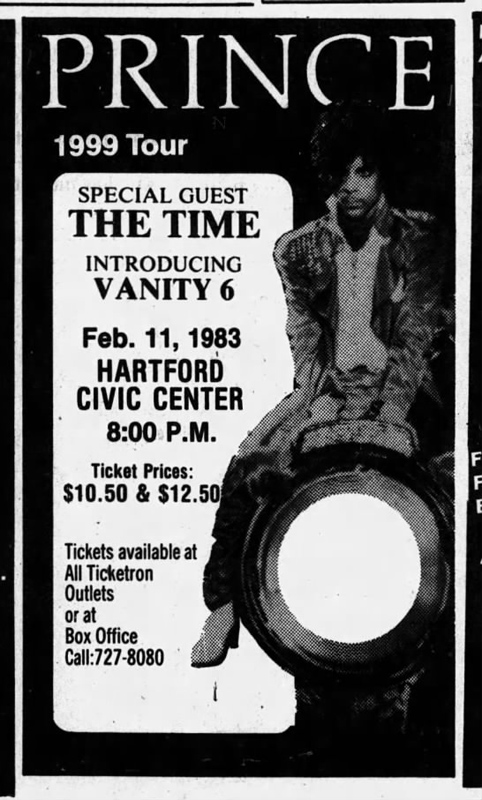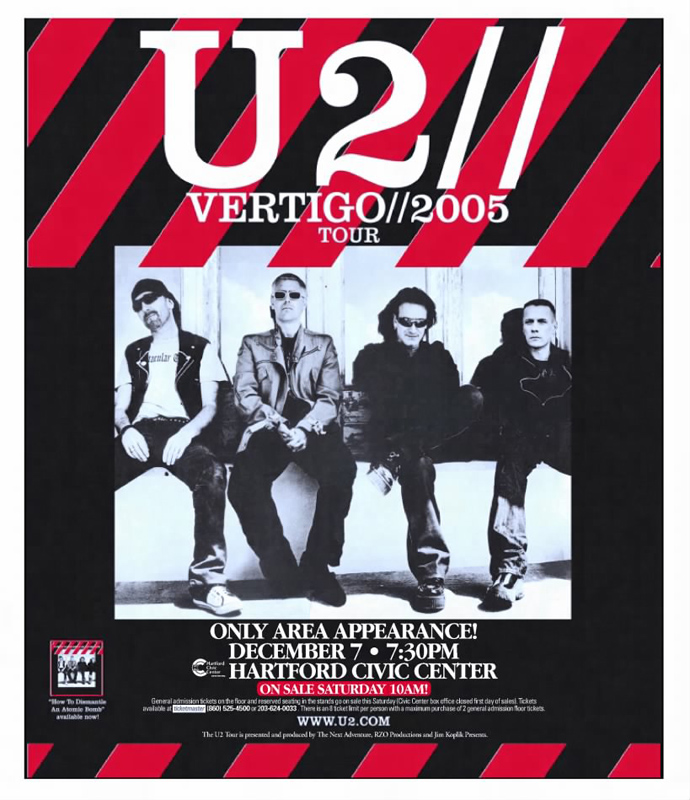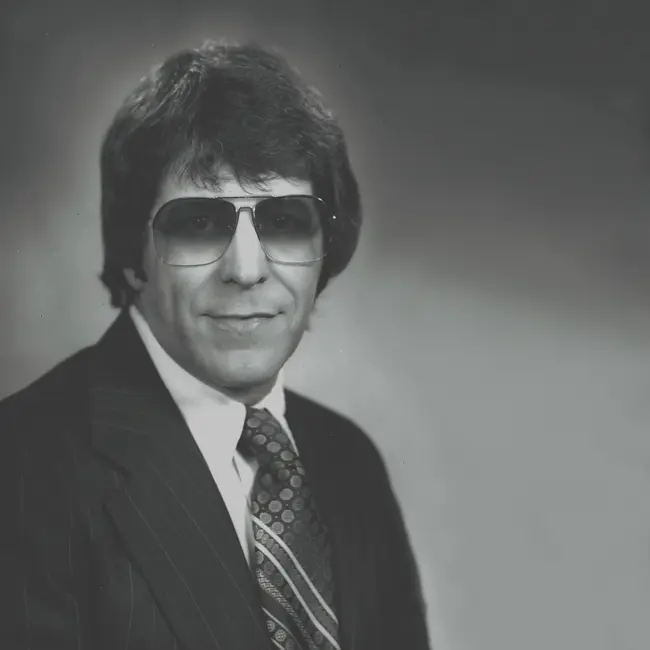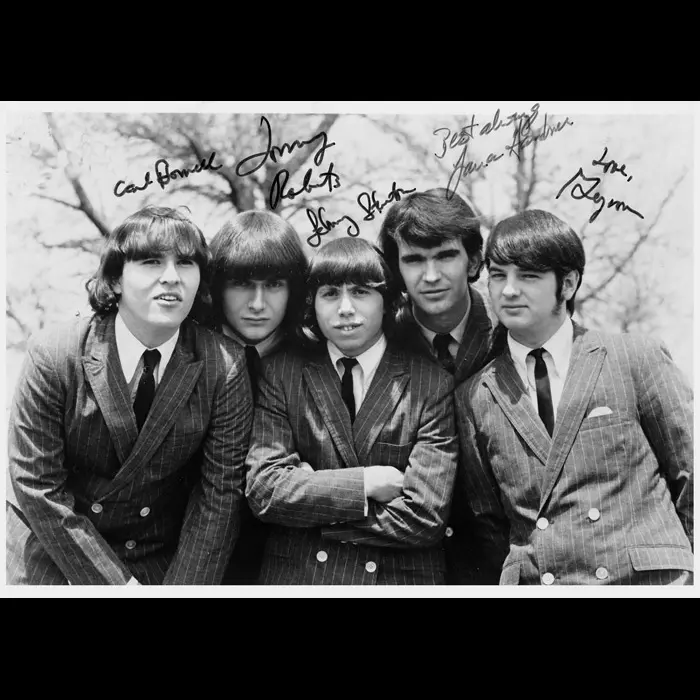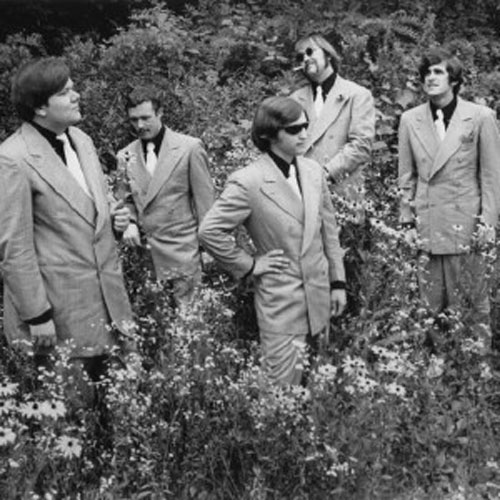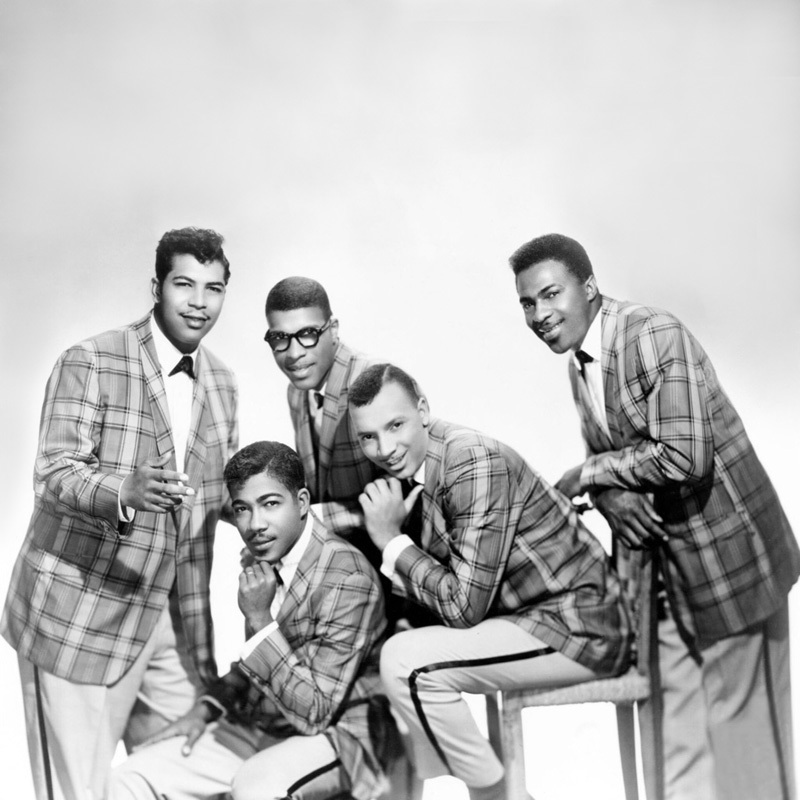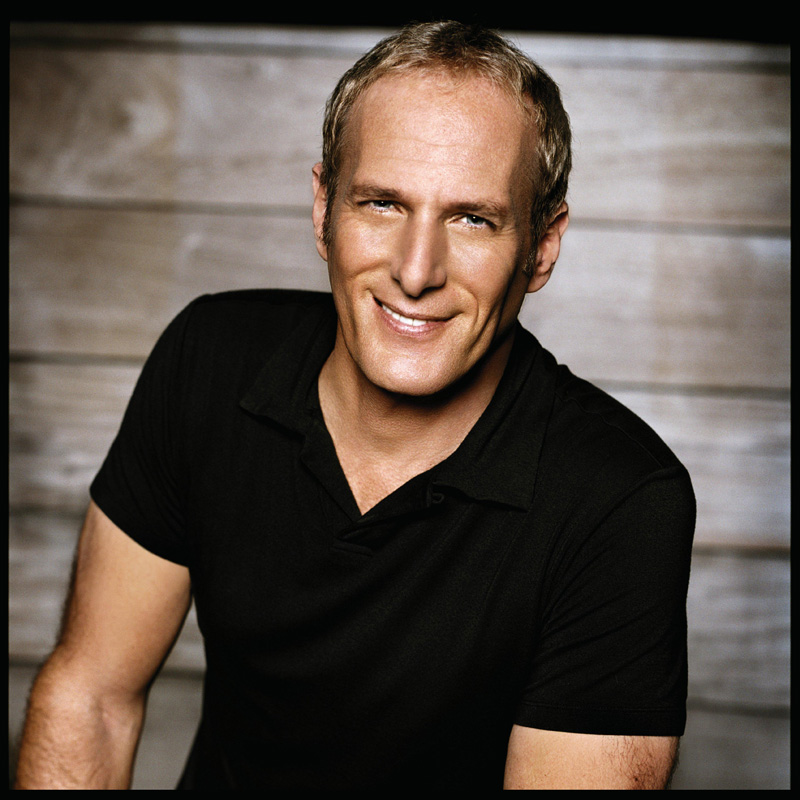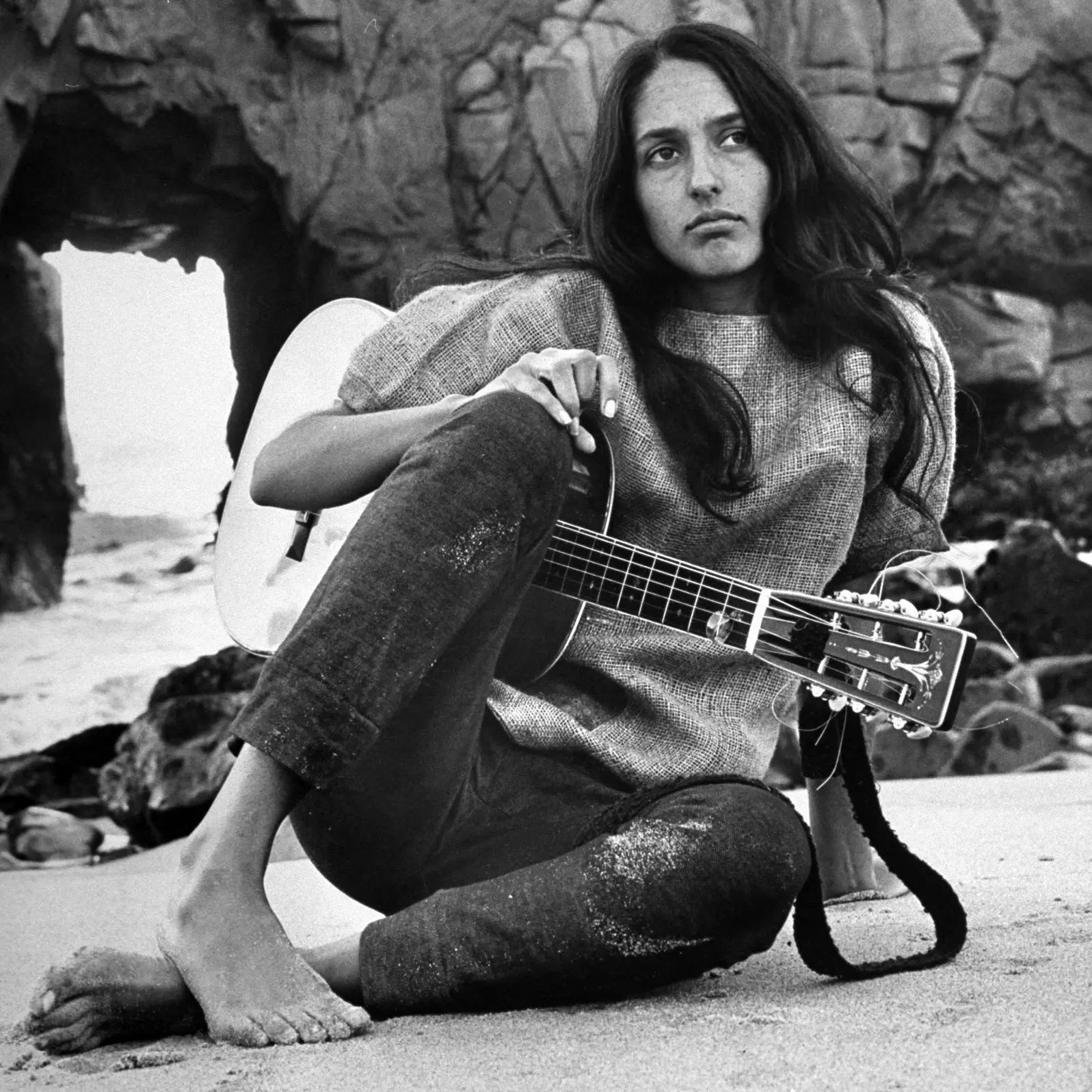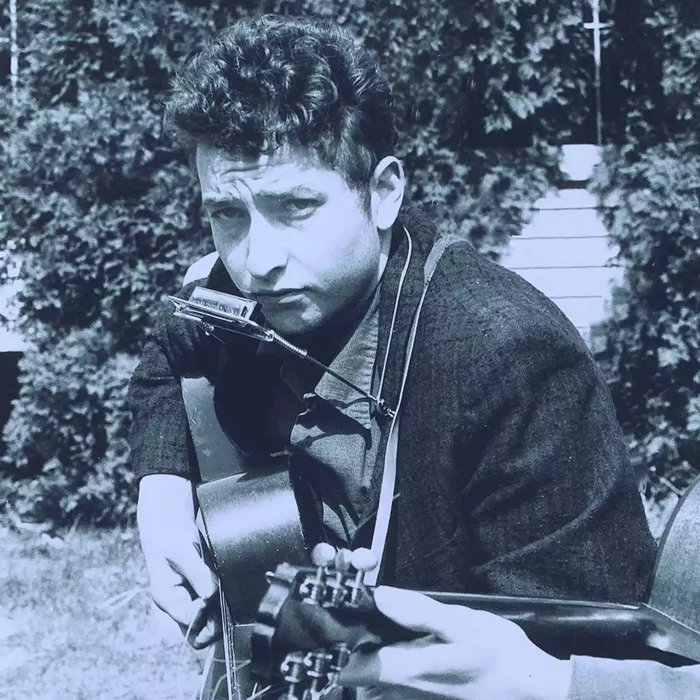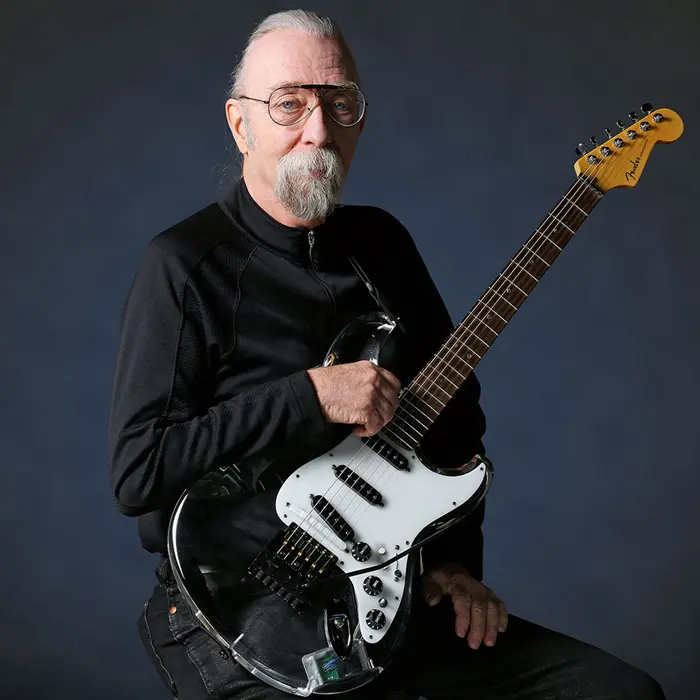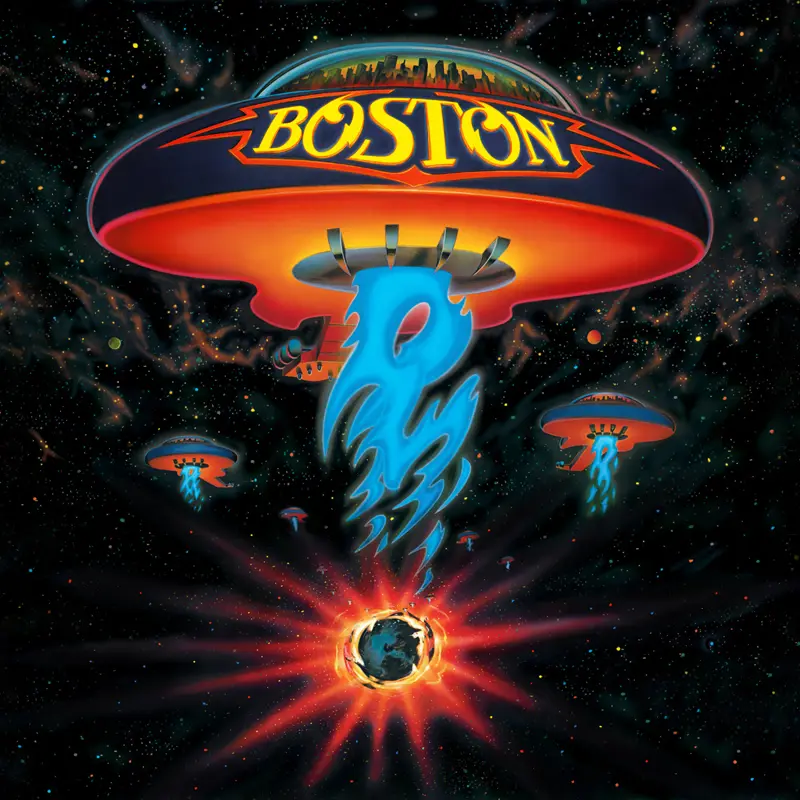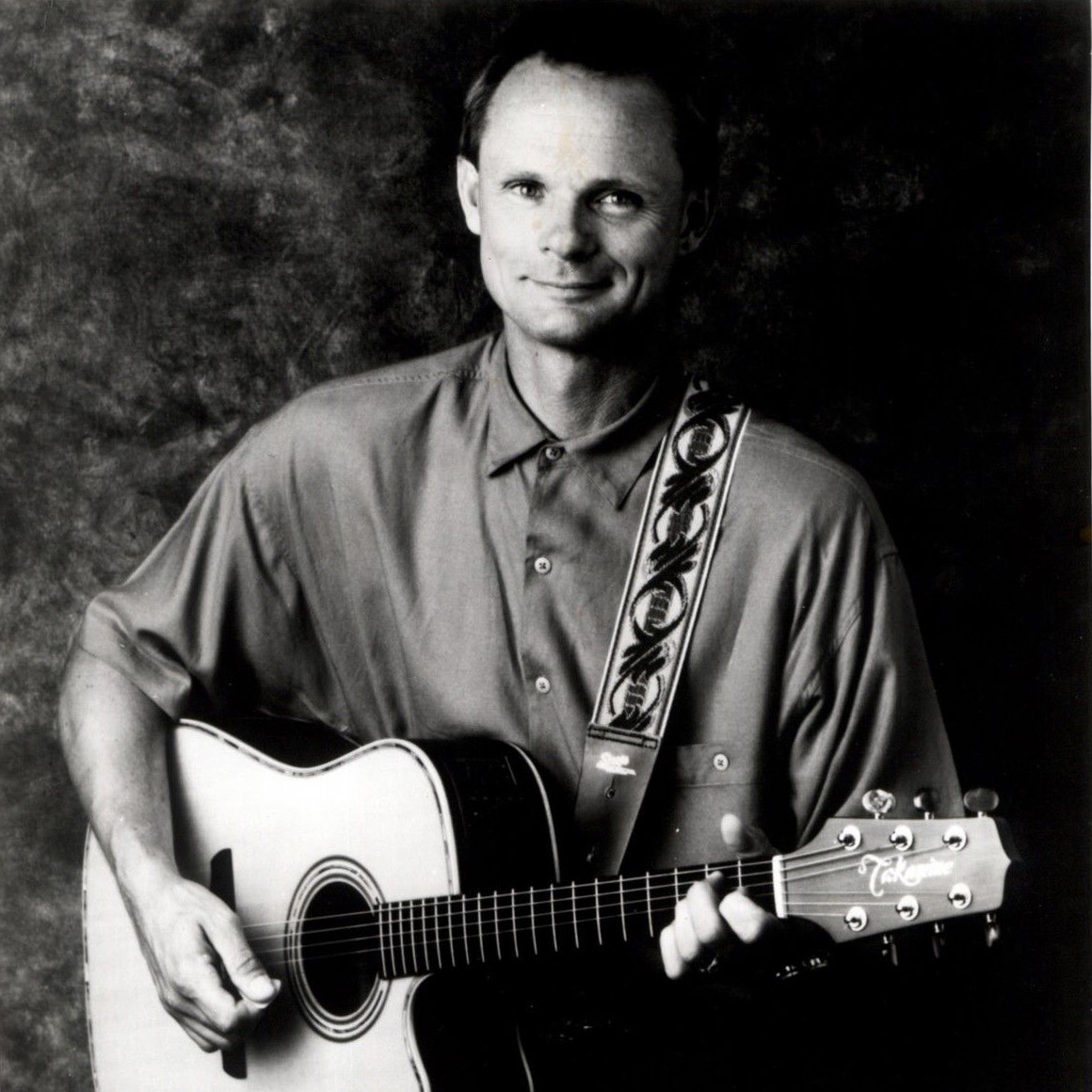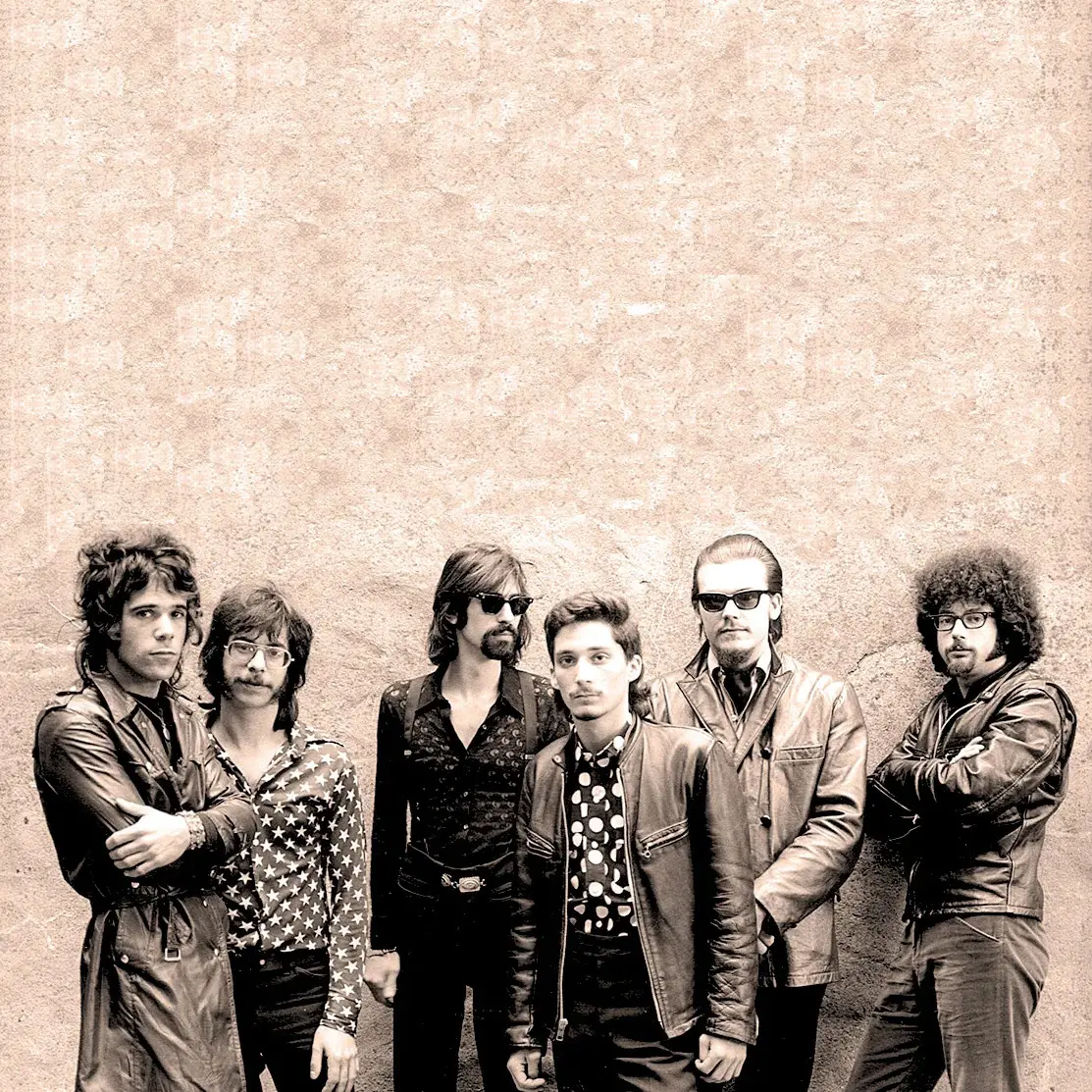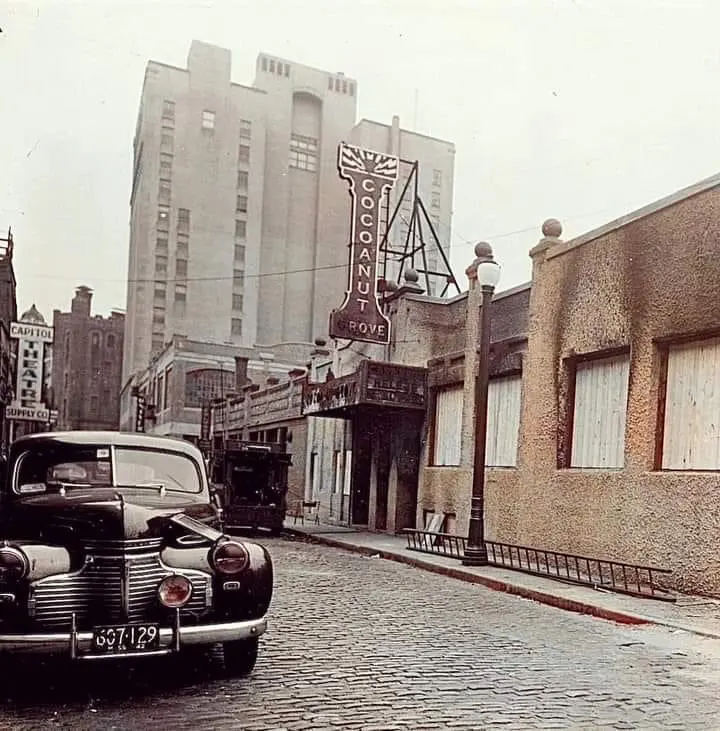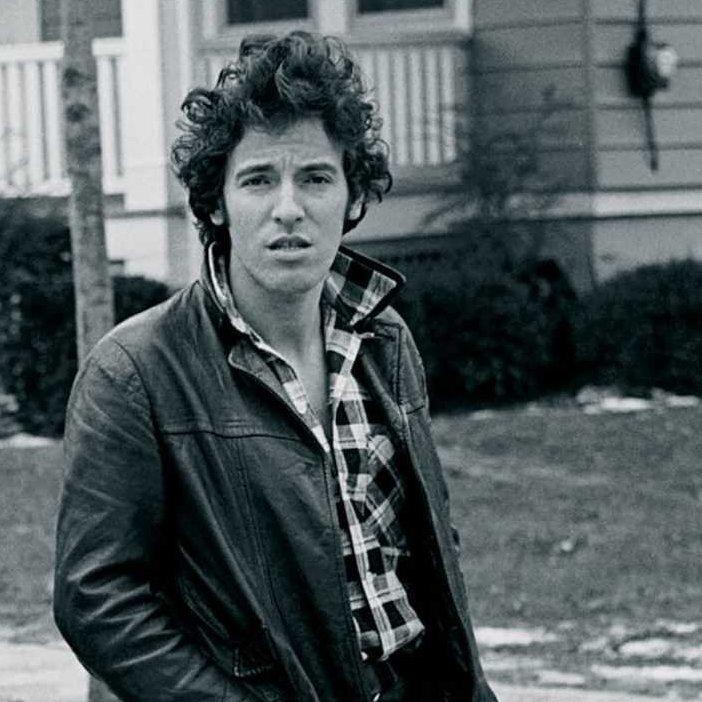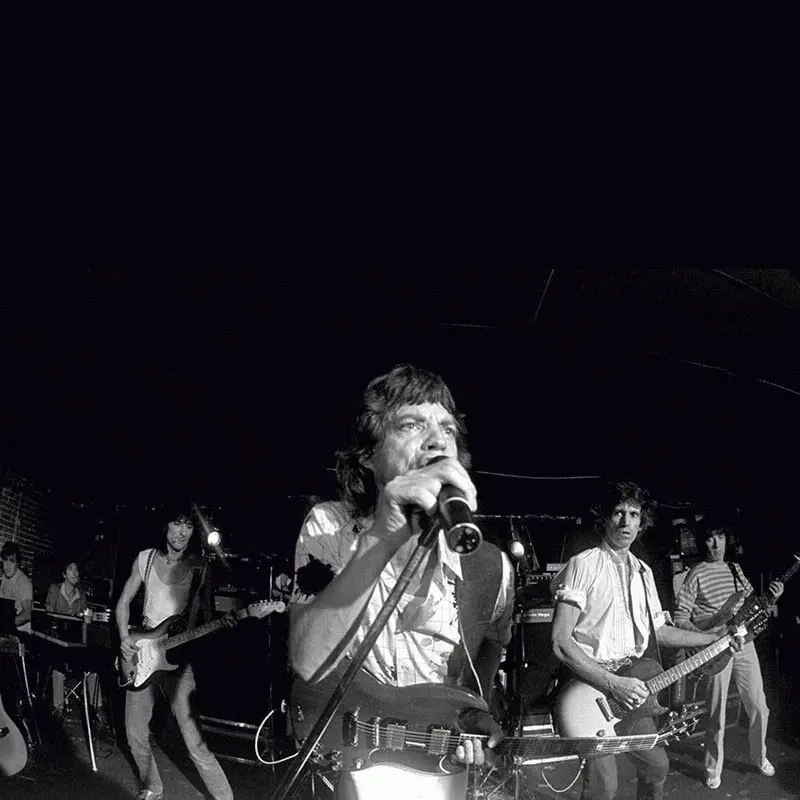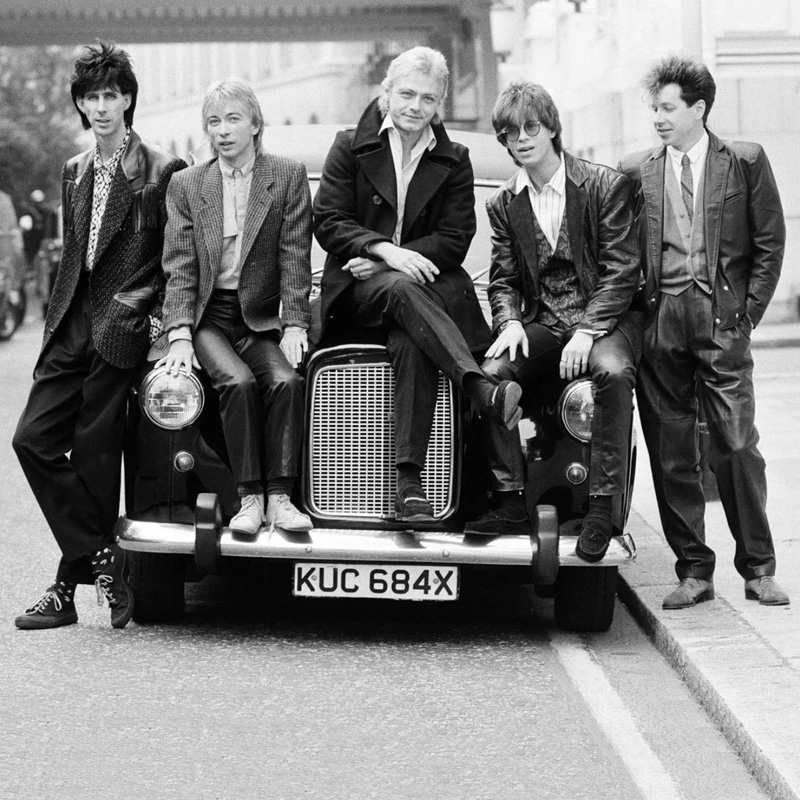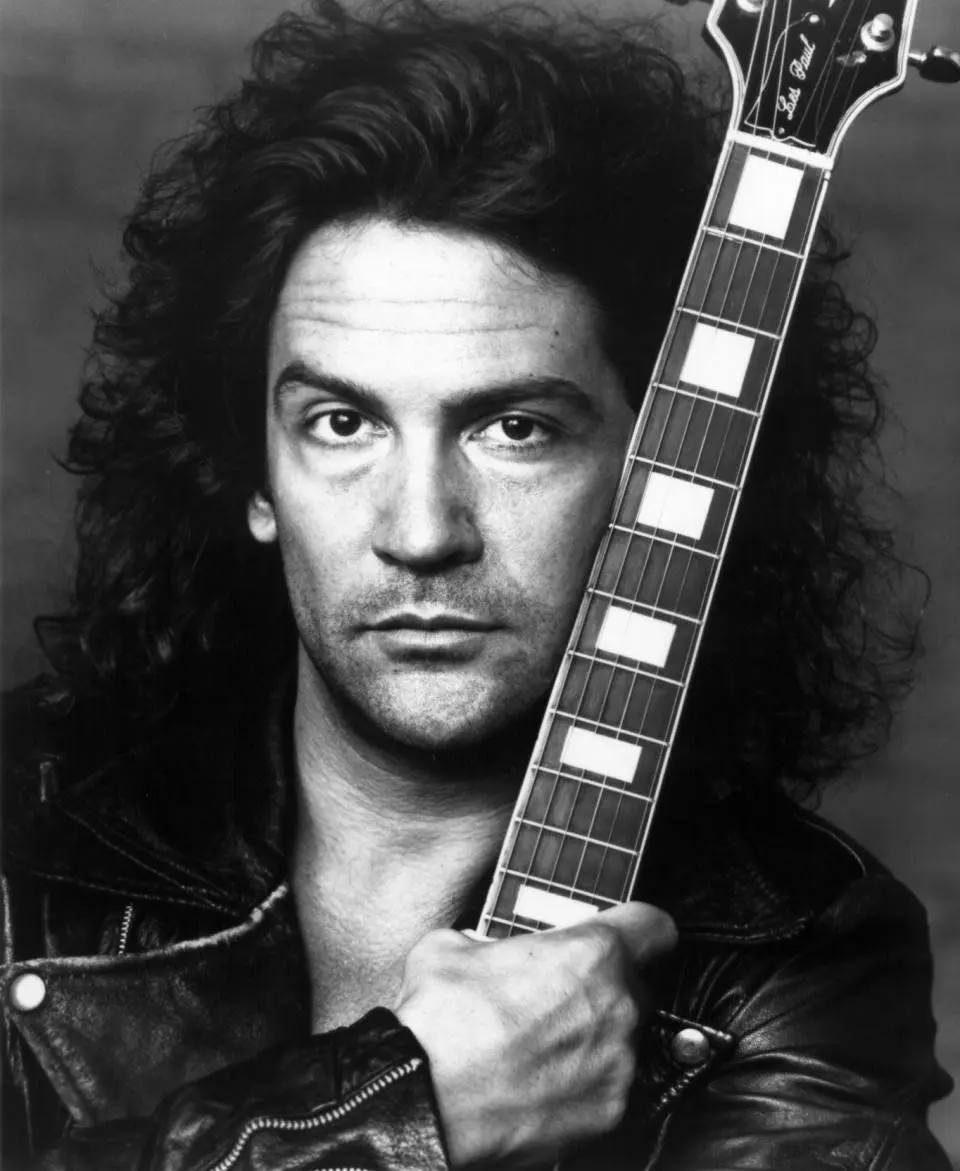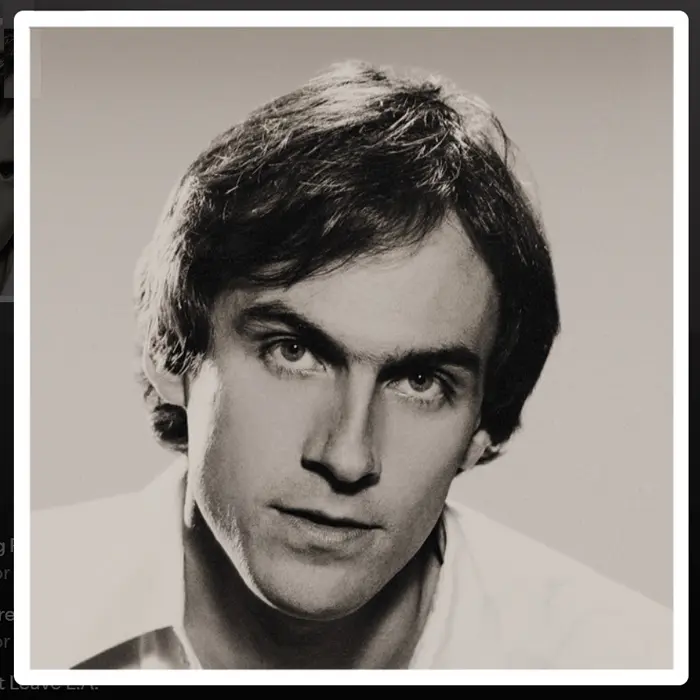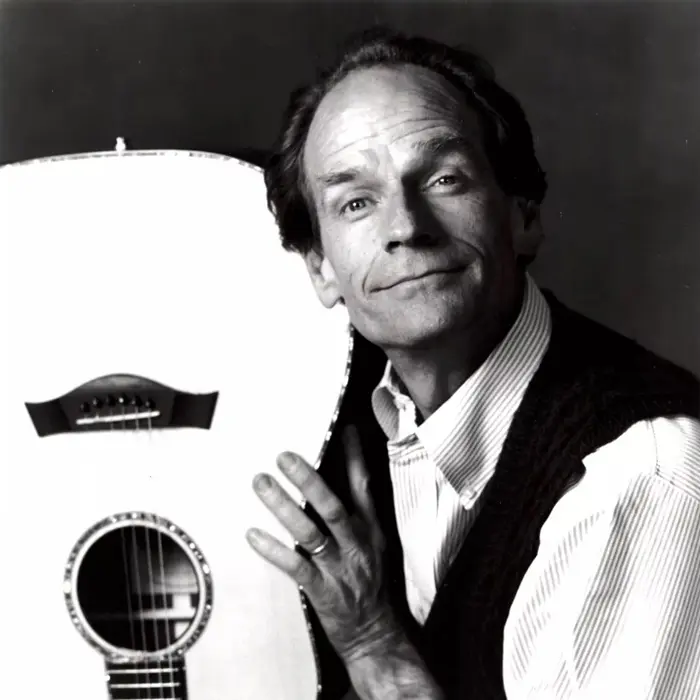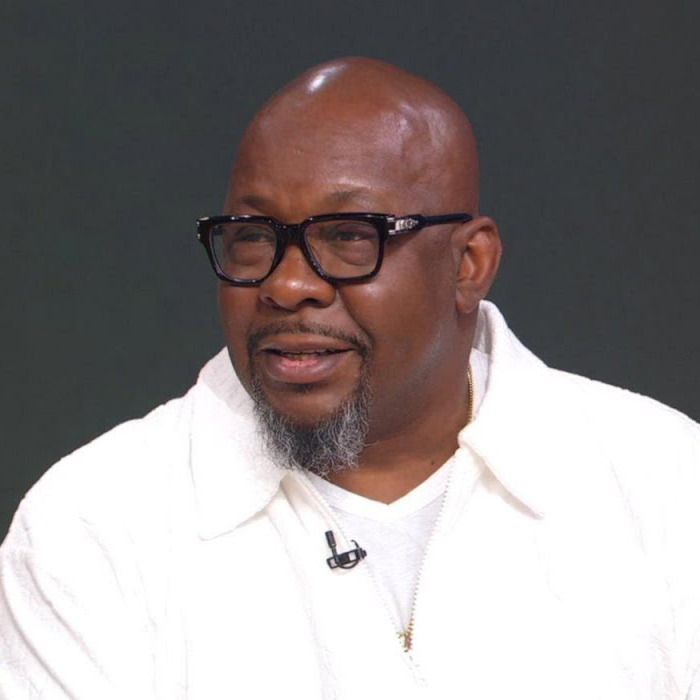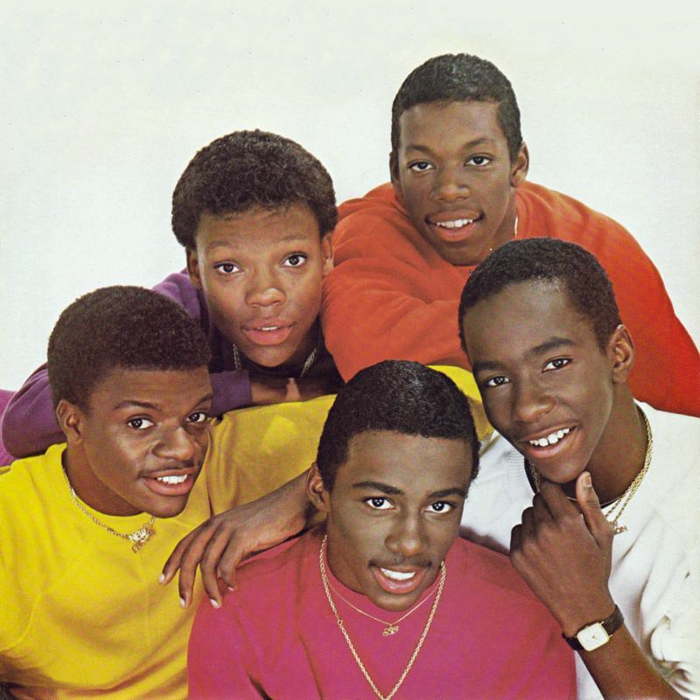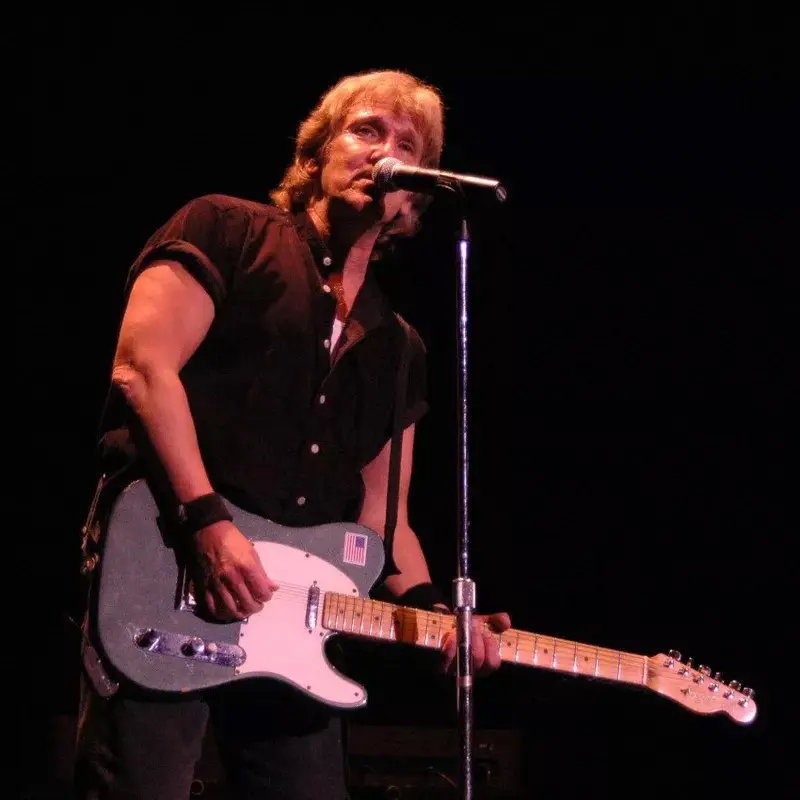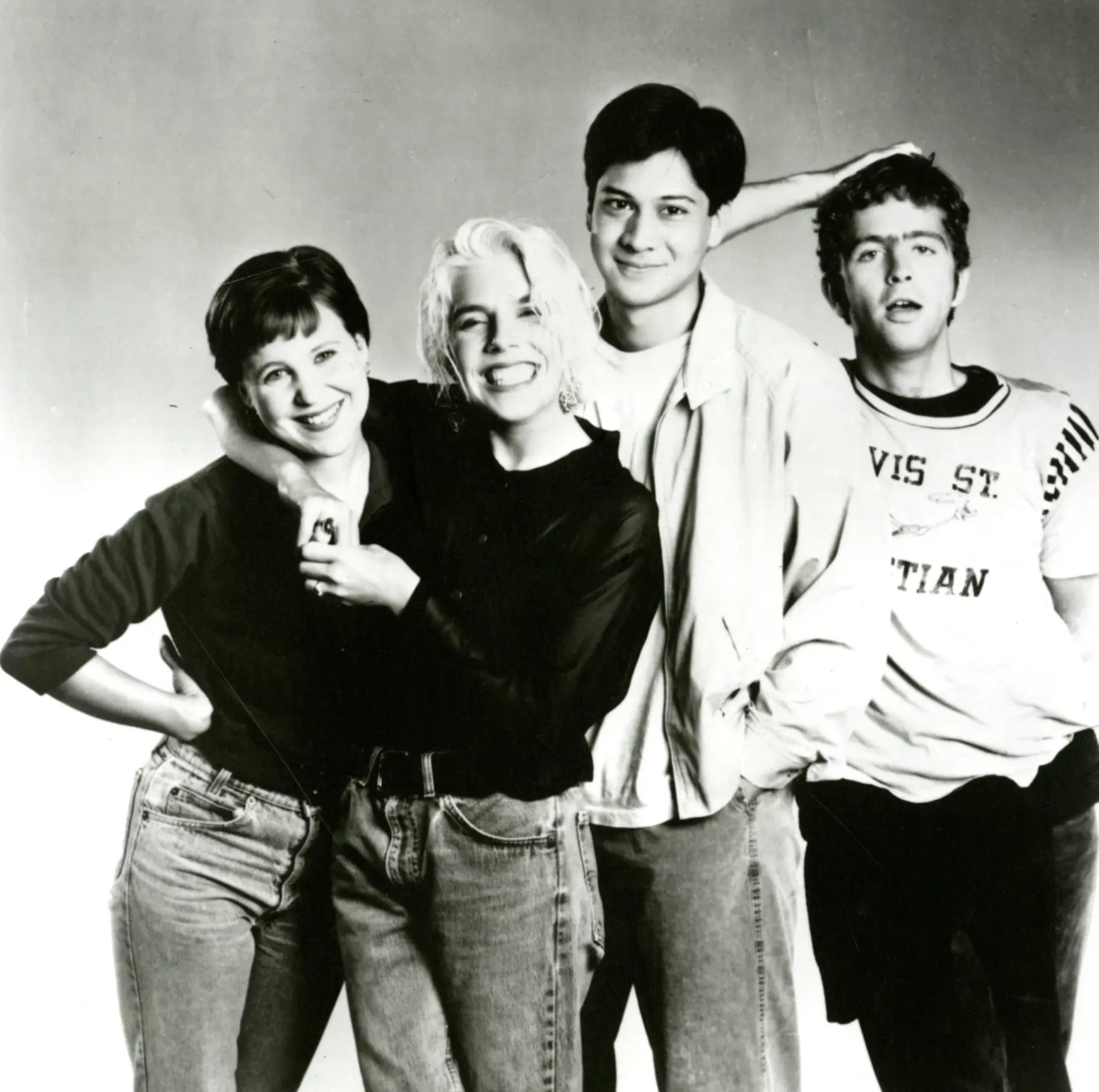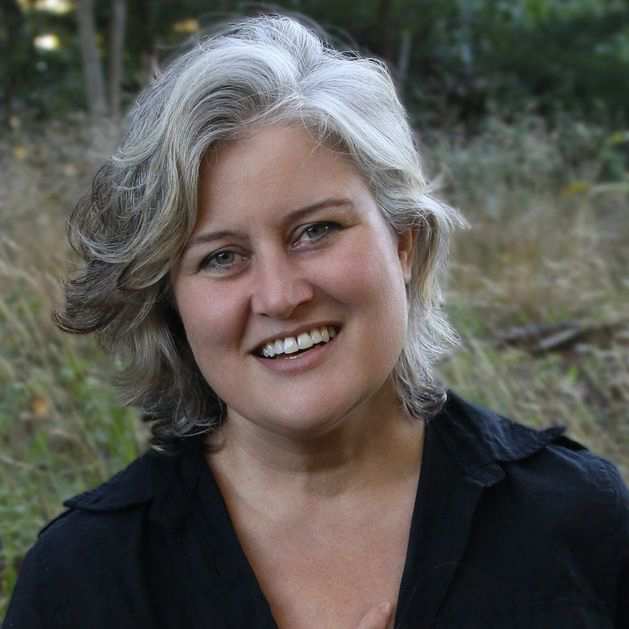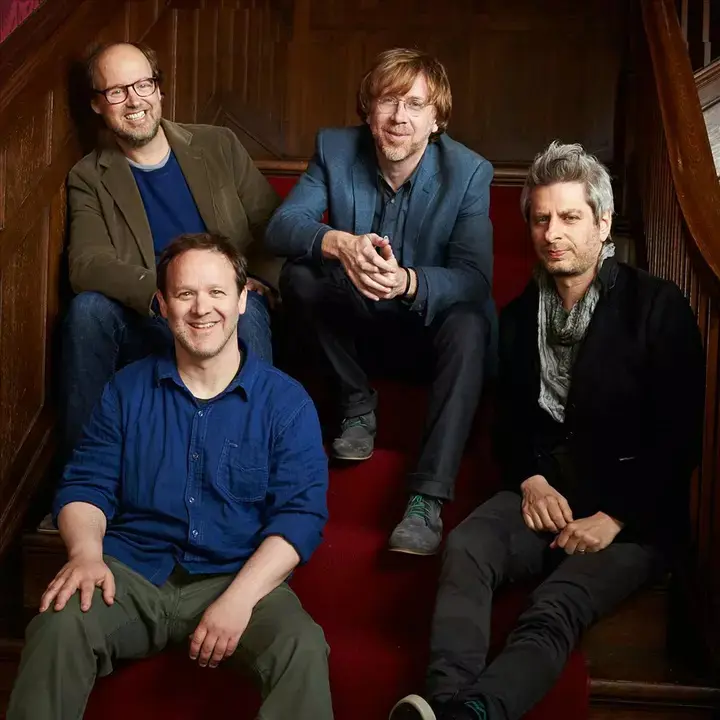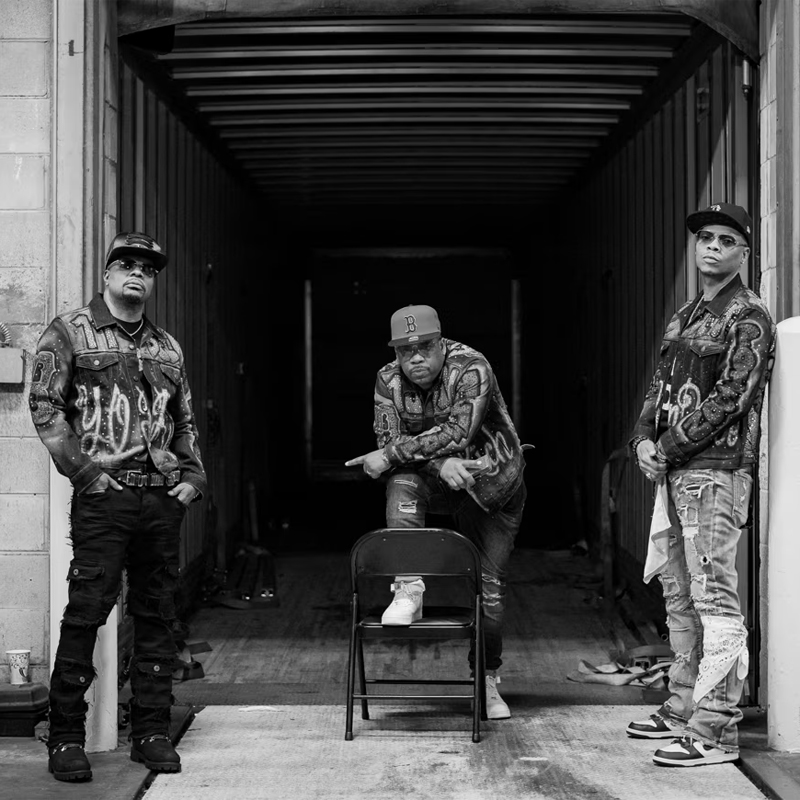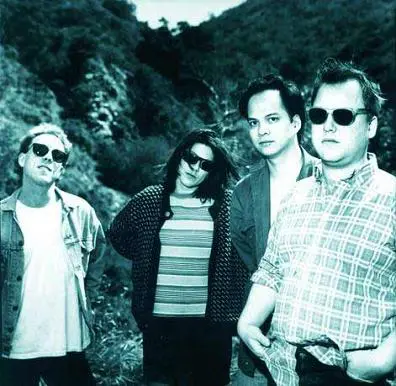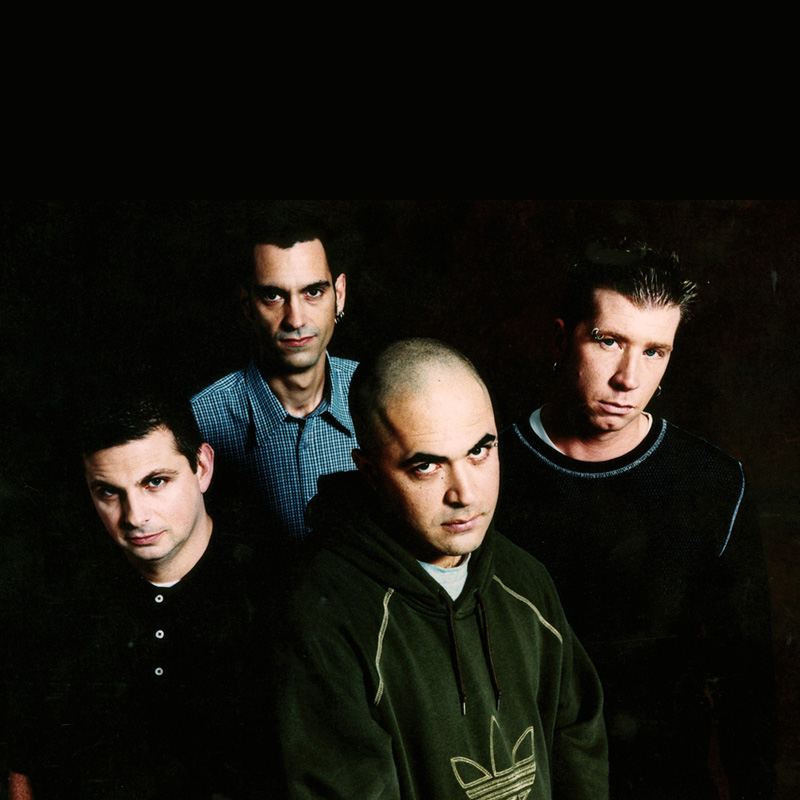Hartford Civic Center / XL Center / PeoplesBank Arena
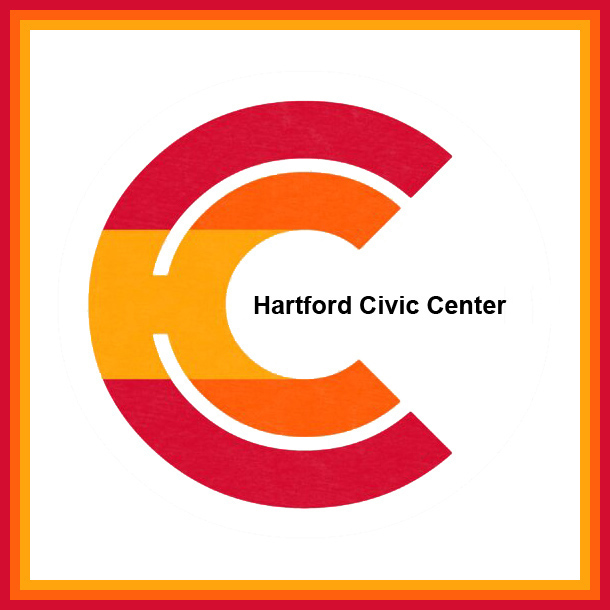
Connecticut’s fabulously rich musical history includes legendary doo-wop group The Five Satins, garage rockers The Wildweeds and The Shags, chart-topping vocalist Michael Bolton, renowned recording/production facility Trod Nossel and long-gone-but-legendary venues like The Shaboo Inn, New Haven Arena and New Haven Veterans Memorial Coliseum. And since the dawn of disco, it’s also included the venue originally known as Hartford Civic Center, the place where music lovers have gone to see the biggest acts on the Constitution State’s biggest indoor stage and where dozens of iconic artists from across the musical spectrum have appeared, including Elvis Presley, Ella Fitzgerald, Frank Sinatra, James Brown, David Bowie, Michael Jackson and Luciano Pavarotti.
The arena’s location has been key to its success since Hartford’s population was only about 145,000 when it opened in 1975 but it’s relatively close to three larger cities (25 miles from Springfield, 40 miles from New Haven and 60 miles from Worcester), allowing it to draw from each. While it’s known for hosting a multigenred mélange of acclaimed artists and bands (in addition to basketball, hockey, circuses, ice shows, wrestling, gymnastics, bull riding, graduations and other events), it’s also known as the site of what could have been the deadliest disaster in US entertainment history, which resulted in the Civic Center being closed for the last two years of the ‘70s.
OPENING, “SPACE TRUSS” DESIGN, NOTABLE 1970S APPEARANCES
Owned by the State of Connecticut, the venue was one of several urban-renewal projects that began in Hartford in the ‘60s. The groundbreaking was on April 2, 1971 and it opened on January 9, 1975 with a capacity of 10,500 for concerts; it now seats 16,000 for center-stage shows, 16,300 for end-stage ones and is the second-largest multipurpose facility in New England (Boston’s TD Garden being first and Providence’s Amica Mutual Pavillion being third). The most innovative element of the original structure was its roof, for which Philadelphia-based architectural firm KlingStubbins used a computer-tested “space truss” design that was cutting-edge in the early ‘70s. Rather than adding it to the arena in the final stages of the project, builders constructed the roof first, raised it into place on lift towers supported by columns and built the rest of the venue around it.
Glen Campbell was the first musical act to play at the Civic Center, taking the stage for the opening event, and Johnny Mathis and the Hartford Symphony Orchestra performed the following night. Others acts in ’75 included Johnny Cash, Alice Cooper, The Four Seasons, Seals & Crofts, Earth, Wind & Fire, The Beach Boys and Bob Dylan, who appeared in November with Joan Baez, Joni Mitchell and others as part of his Rolling Thunder Revue. Two of pop music’s most iconic artists appeared in 1976, Elvis Presley in July and Frank Sinatra in October, and among others were Chuck Berry, Bo Diddley, Del Shannon, The Shirelles, The Doobie Brothers and Aerosmith. Two more legends played the Civic Center in ‘77, Ella Fitzgerald and James Brown, and Boston hit the stage in May that year, supporting their wildly successful debut album. Others acts that year included Fleetwood Mac, Crosby, Stills & Nash, Kris Kristofferson, Linda Ronstadt, The Commodores, KISS, Jonathan Edwards, Oscar Peterson, Frank Zappa, The J. Geils Band and The Grateful Dead (who appeared 16 more times, setting the venue record for the most frequent act).
ROOF COLLAPSE, LITIGATION, REBUILDING, REOPENING
The most significant event of the venue’s ‘70s era – and of the venue’s entire history – came at around 4:20 on the morning of January 18, 1978, when the Civic Center’s 1,400-ton roof collapsed. Nobody was killed or injured since the building was empty at the time, but just six hours before there were 4,746 fans watching the UConn men’s basketball team upset UMass 56-49. Up to 10,500 people might have been inside if a popular singer or band happened to be on the roster that night, meaning the death toll could have been 20 times worse than that of the November 1942 fire at Boston’s Cocoanut Grove (which killed 492 people).
During the litigation process, KlingStubbins claimed the accident was due to heavy snowfall but engineering analysts proved that snow was not a factor; the reason for the roof caving in, they determined, was the design, specifically that its bracings weren’t strong enough due to “under-sizing and underestimation of the probable loadings.” The roof had begun to fail during construction and continued to do so shortly after installation, investigators said, attributing the failure in part to the unprecedented use of and faith in computer analysis. The Civic Center reopened with a reinforced roof on January 17, 1980, exactly two years after the collapse, and still rests atop the same four columns as it did in 1980. In an ironic twist, the accident and rebuilding gave new meaning to the nickname Hartford’s had for some 200 years, “The Insurance Capital of the World.”
NOTABLE 1980S APPEARANCES
The new decade began with shows by rock royalty including Elton John, Billy Joel, Jackson Browne and Bruce Springsteen and bands that rose to fame in the ‘70s such as Pink Floyd, Queen, Black Sabbath, Blue Öyster Cult, Van Halen and The Cars. Among the biggest concerts of ’81 were those by The Rolling Stones (who played a two-night stand in November), Christopher Cross (who won Grammys for Song of the Year, Album of the Year, Record of the Year and Best New Artist that year) and Kim Carnes (who won for Song of the Year and Record of the Year in ’82). Others acts included The Jacksons, AC/DC, Journey, REO Speedwagon, James Taylor and Foreigner (with opener Billy Squier).
Diana Ross appeared in ‘82, as did Rod Stewart, Ozzy Osbourne, Jon Butcher Axis (opening for The J. Geils Band) and Livingston Taylor (opening for Air Supply). Prince debuted at the Civic Center in ‘83, along with The Police, Hall & Oates, Stevie Nicks, Stevie Ray Vaughan and Michael Bolton (opening for Bob Seger), and ‘84 included concerts by The Kinks, Culture Club and Lionel Ritchie. Among those who took the stage in ’85 and ’86 were Tina Turner, Dire Straits, Heart and Stevie Wonder, and Whitney Houston and David Bowie appeared in ’87. Luciano Pavarotti played the Civic Center in January ‘88, Michael Jackson did a two-night stand in March that year and among the other acts were Sting, Eric Clapton, Steve Winwood, New Edition, Bobby Brown and John Cafferty. The most talked-about shows in ‘89 included those by Cher, Metallica and REM (with opener Throwing Muses).
NOTABLE 1990S, 2000S APPEARANCES, NAME CHANGE, UPGRADES
Many acts that appeared in the ‘80s returned to the Civic Center in the first half of the ‘90s, and new faces ranged from Janet Jackson and Paula Abdul to The Cure and Alice in Chains. Others included Paul Simon, Joe Cocker, Paula Cole, Phish, Bell Biv Devoe and Pixies (opening for U2). The second half of the decade reflected the arrival of rap to the mainstream with shows by Eminem, Dr. Dre, Run-DMC and Snoop Dogg and The Rolling Stones returned for two nights in 1999, which also included shows by Shania Twain and Staind. Among the most noteworthy appearances in the first decade of the 21st century were ones by Paul McCartney (2002), Beyoncé (2004), Madonna (2006) and Lady Gaga (2010).
In December 2007, Connecticut-based insurance company AXA XL acquired the naming rights to the arena, rebranding it XL Center, and since then the venue has held significantly fewer shows than the Civic Center did, though a number of acts with global name recognition have taken the stage, among them Taylor Swift, Michael Bublé and The Eagles. In 2024, the State of Connecticut approved a $145-million budget for upgrades to XL Center that Hartford Mayor Arunan Arulampalam said could result in as many as 30 more shows per year. “When musical acts come to town, it brings a ton of people who book hotel rooms, eat at our restaurants and go to our bars, so it’s a lot of economic activity,” she told News 8 WTNH. “I think [the upgrades] are going to have a huge impact on what our downtown looks like.”
In June 2025, as part of a broad effort to expand its presence in Connecticut, Holyoke, Massachusetts-based PeoplesBank bought the naming rights for a reported $20 million and renamed the venue PeoplesBank Arena. The bank’s “deep-rooted commitment to putting people and communities first perfectly aligns with our purpose-driven mindset that fuels everything we do,” said Peter Luukko, co-chairman of Oak View Group, which operates the facility. “This partnership is more than naming rights. It’s a shared vision to deliver dynamic experiences, elevate the fan journey, and create lasting impact where it matters most: in the communities we serve.”
(by D.S. Monahan)

